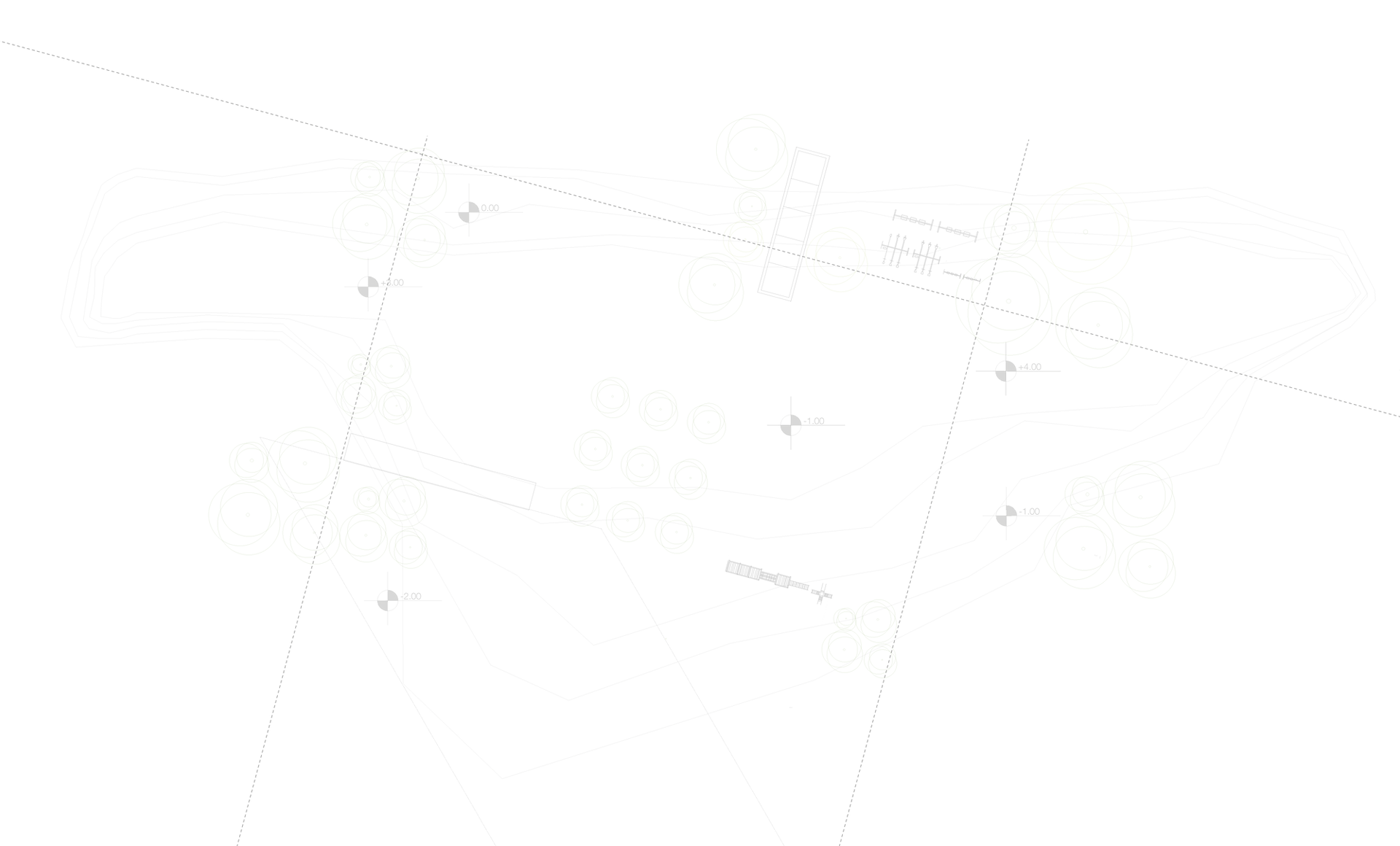Unlocking the Benefits of Butyl Rubber A Comprehensive Guide
- EPDM Rubber
- Feb 20, 2024
- 2 min read
Are you curious about the magic behind Butyl Rubber and its remarkable applications in construction and roofing? Let's dive into the world of butyl liquid rubber and EPDM rubber roofing to unravel their incredible benefits.
Understanding Butyl Rubber:
Butyl rubber, a synthetic rubber variant, has gained significant traction in various industries, particularly in construction and roofing. Its unique properties make it a preferred choice for sealing and insulating applications.
Butyl Liquid Rubber: A Sealant Marvel:
One of the key applications of butyl rubber is in the form of butyl liquid rubber, a versatile sealant with remarkable waterproofing capabilities. This liquid rubber is adept at forming a seamless barrier, providing effective protection against water infiltration.
Whether you're working on a roofing project or tackling sealing challenges in construction, butyl liquid rubber proves to be a reliable solution. Its ease of application and durability make it a go-to choice for professionals in the field.

Liquid Rubber Roofing: Enhancing Durability and Longevity:
Liquid rubber roofing, often formulated with butyl rubber, has revolutionized the roofing industry. Its liquid form allows for easy application, ensuring a uniform coating that adheres seamlessly to various surfaces.
The key advantages of liquid rubber roofing include excellent weather resistance and UV stability, providing a durable shield against the elements. This not only enhances the lifespan of the roof but also minimizes the need for frequent maintenance.
EPDM Rubber Roof: A Robust Roofing Solution:
EPDM rubber roof, another stellar application of butyl rubber, has become synonymous with durability and longevity in roofing systems. EPDM (ethylene propylene diene terpolymer) is a synthetic rubber that incorporates the resilience of butyl rubber, making it an ideal material for roofing membranes.
EPDM rubber roofs offer excellent resistance to weathering, ozone, and UV exposure, ensuring that your roof remains intact and reliable over the years. Its flexibility and ease of installation further contribute to its popularity in the roofing industry.
Conclusion:
The use of butyl rubber, especially in the form of liquid rubber roofing and EPDM rubber roof, brings forth a new era of efficiency and durability. Whether you're sealing joints, waterproofing surfaces, or installing a reliable roofing system, the versatility of butyl rubber is a game-changer in the construction and roofing landscape. Embrace the power of butyl for a robust and long-lasting solution to your sealing and roofing needs!





Comments